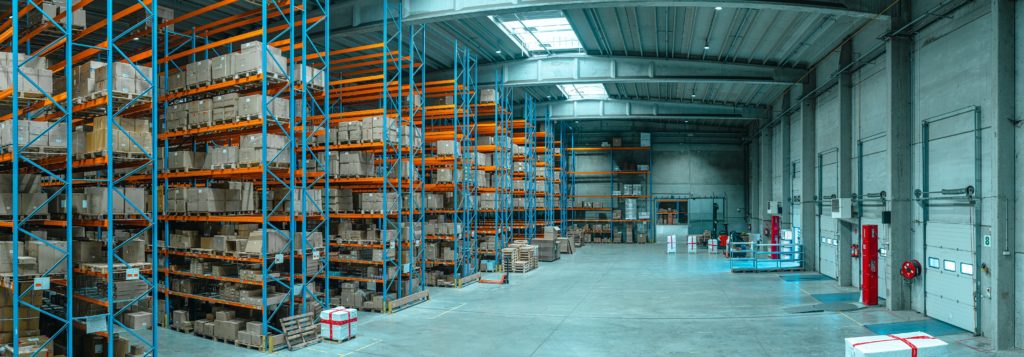As a business entrepreneur who supplies and receives goods in medium or large quantities, whether it is B2B(Business to Business), B2C(Business to Consumer), or B2B2C (Business to Business to Consumer) market. You cannot put under your feet the importance of warehousing, most importantly if your business cut across different countries and borders. Let’s read about Optimize Warehouse Shipping Operations.

What Is Warehousing Shipping Operation?
According to EasyShip,” Warehouse shipping operations refer to the processes involved in the transporting items from a warehouse to their final destination.”
This means warehouse shipping operations are how you move your goods from the warehouse where it is being stored to where are to be delivered.
How To Optimize Warehouse Shipping Operations?
The sequential process in warehouse shipping is order receiving, order processing, order fulfillment, and order shipping.
To optimize your shipping operations, put the following in place.
- Use automated warehouse software to lessen labor payments, placement problems, and various operational fees.
It will make it easier for you to collect or collate data and record, and eradicate displacement, loss, and shipping challenges.
- Employ a favorable courier for your business. The decision you make on the shipping courier for your business will make or mar it.
- Resist couriers with low volume discounts because this will inflate the expenses for your business.
- Create a reasonable warehouse administration by imputing features like barcode verification and automatic updates that will boost the efficiency and view of your warehouse shipping process.
It will lessen human mistakes and maintain factual picking, packing, and shipping cycles.
- Make sure your warehouse space is more organized and layout to make your work faster.
- Maximize safety measures
- Ensure your goods and space are well labeled to maintain easy access to goods and navigation.
Ultimately, note that the results you see in your warehouse shipping operations are due to how well you optimize and develop them.
Warehouses used to secure products
In a layman’s language, a warehouse is a building where goods are stored. People in all kinds of trading businesses, be it perishable or nonperishable goods, use warehouses to store and secure their products for a short or long period. Logistics companies are deeply into this.
Also, government agencies like customs adopt warehousing to store imported and exported goods before the proper clearance.
Warehousing does not deal with the storage but supervision and treatment of the goods and products in the warehouse.
Types Of Warehouse
There are numerous types of warehouses and this is determined by the products or goods in them and how it is being run and operated.
Here are some of the warehouse categories we have. They are;
- Public warehouses
- Private warehouses
- Distribution warehouses
- Co-operative warehouses
- Bonded warehouses
- Smart warehouses
- Cold houses etc.
- Public warehouses are a kind of warehouse that provides their services to the general populace without hindrance. It is usually owned by governmental agencies and is made open to private companies.
They make it easier for startups or business beginners to grow because they provide affordable space. This warehouse can be rented out for personal use and business. It is a very considerable choice for small and medium business owners.
However, it is not technologically developed like other warehouses, but it is economical.
- Private Warehouses as the name denotes privately owned warehouses. Manufacturers, enterprises, wholesalers, distributors, and large retailers possess this type of warehouse.
It is expensive when compared to the public warehouse, but it is more organized and maintained. It is often utilized by organizations that are in charge of their goods.
- Distribution Warehouses are typically for short needs and it is built with precise conditions in mind. It is where manufacturers and retailers drop and pick up their products respectively.
It is constructed to lower cost and enhance the goods delivery system and time. It is adapted to satisfy customers’ needs from one end of the supply chain to the other.
- Co-operative Warehouses are owned and supervised by a co-operative society, such as farmers or market women. It is not for profit-making and it is most times strictly for the members of the co-operative society.
- Bonded Warehouses are government-licensed warehouses. They are meant to accept imported goods before customs’ required duties and taxes. The building is for dutiable goods which customs have inspected. It is usually close to the ports.
- Smart Warehouses are technology-based and advanced. The storage and management of goods are done with Artificial Intelligence(AI). Robots and drones are used to carry out tasks which makes them less prone to human error.
- Cold Warehouses are mainly for temperature-sensitive products. There are restrictions to keep germs out.
Conclusion
I believe this article has enlightened you on optimizing your warehouse operations massively. Even as a beginner, you know to handle your warehouse shipping.
Make sure you carry out what you have gained in this article in your business because we are committed to providing you with detailed information that will give rise to your growth.
Frequently Asked Questions (FAQs)
- How do I optimize warehouse shipping operations?
Use automated warehouse software, employ a favorable courier, have a reasonable warehouse administration, organize your warehouse spaces, label your goods and products and maintain safety measures.

